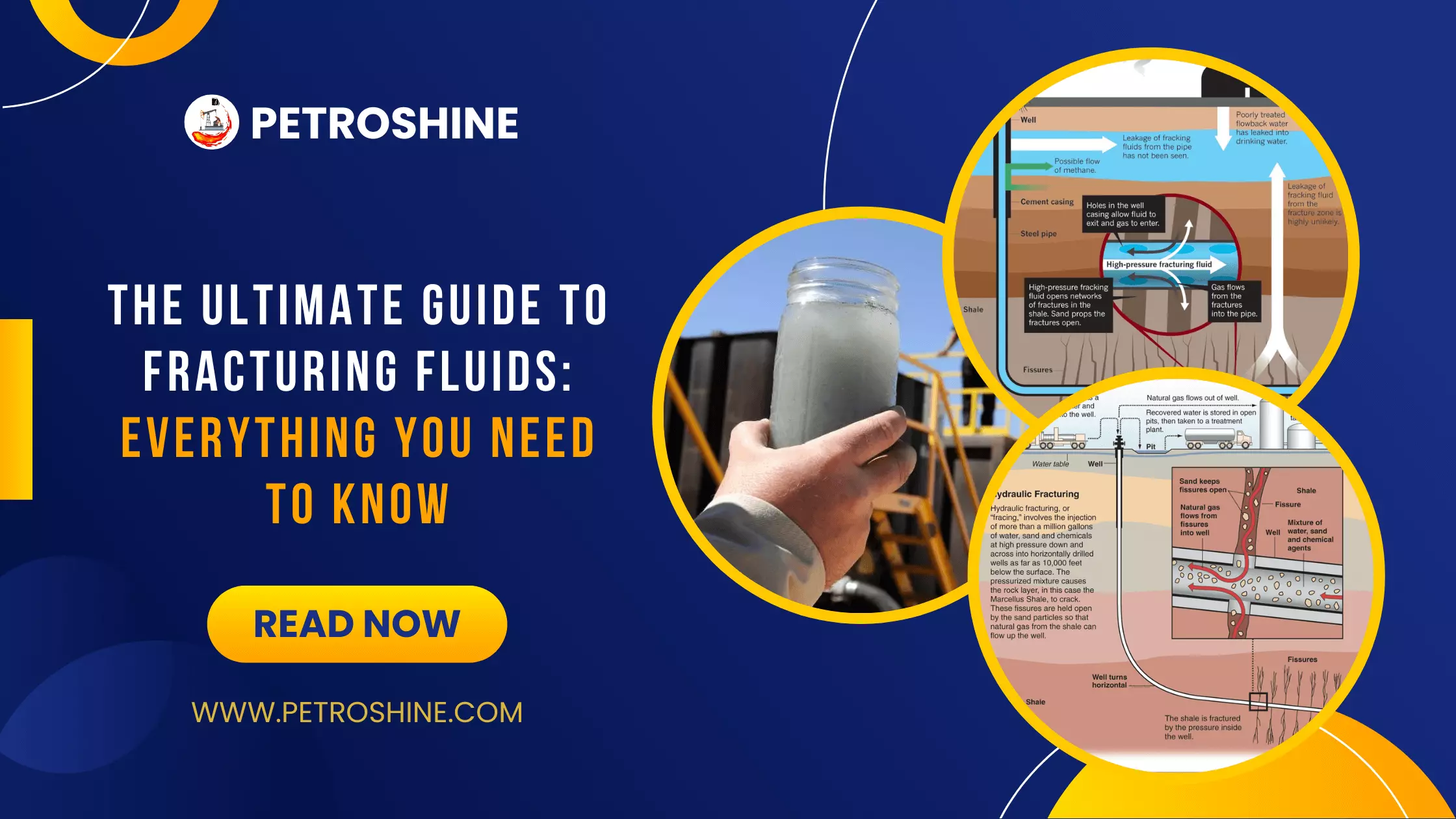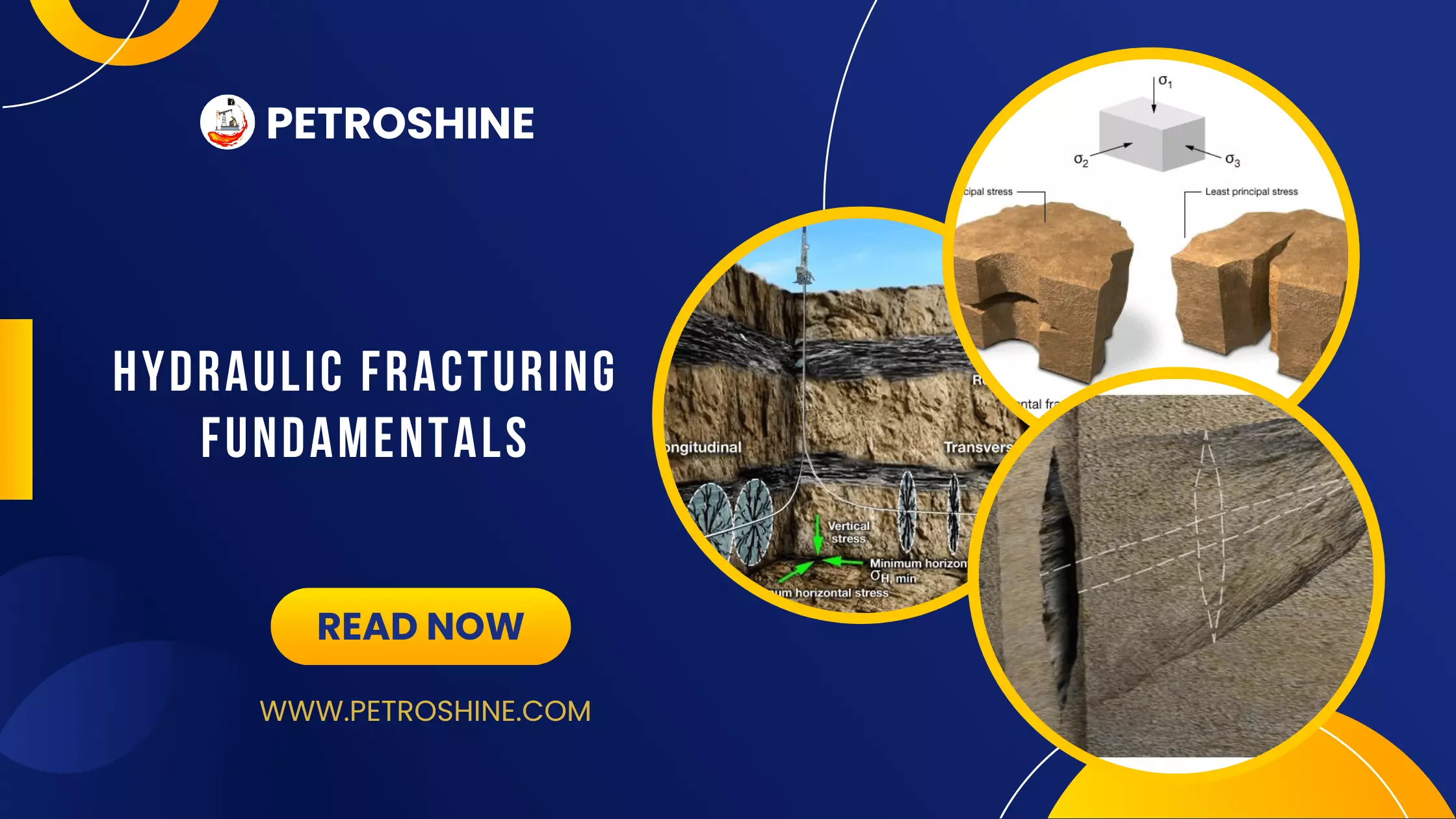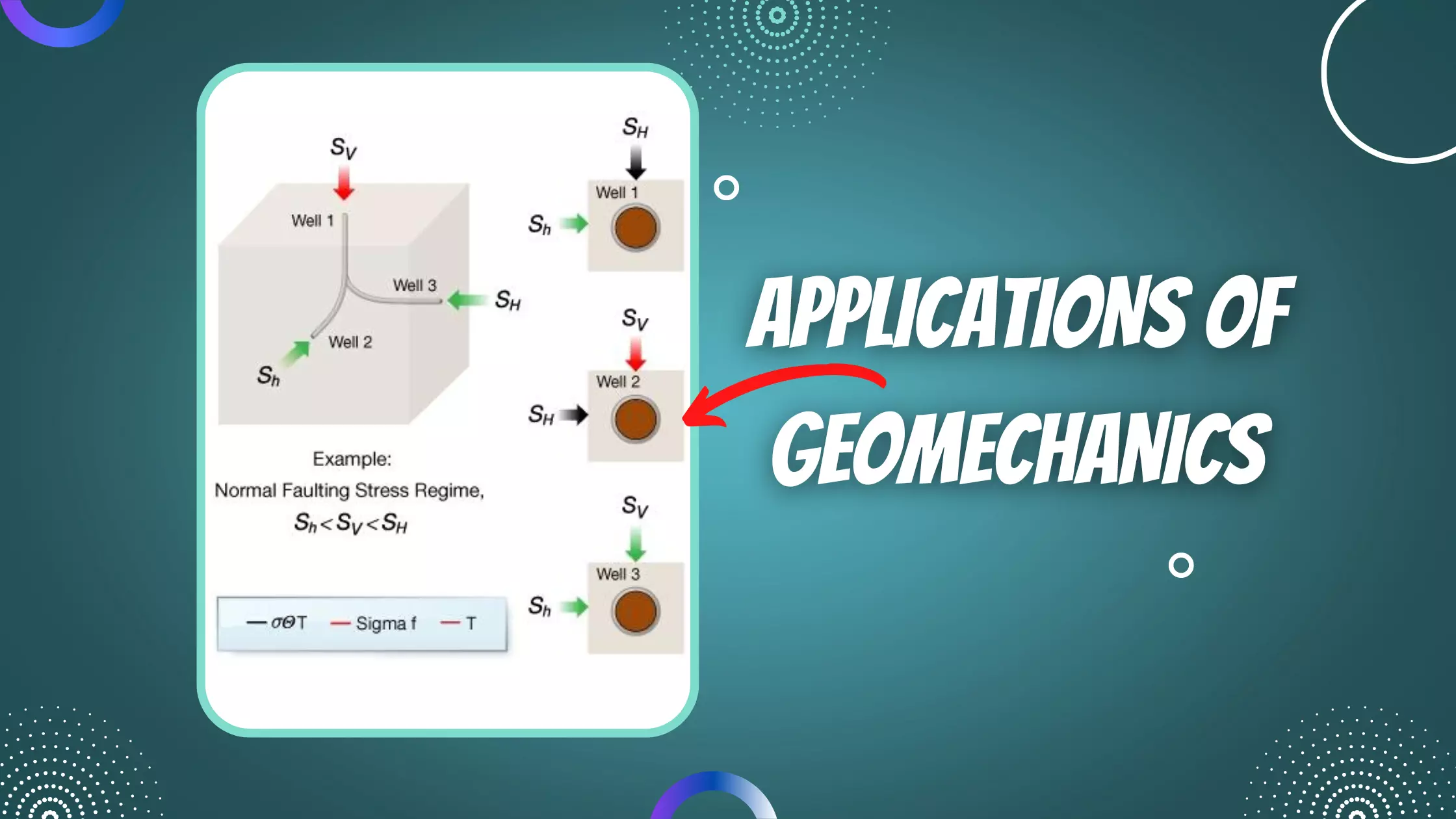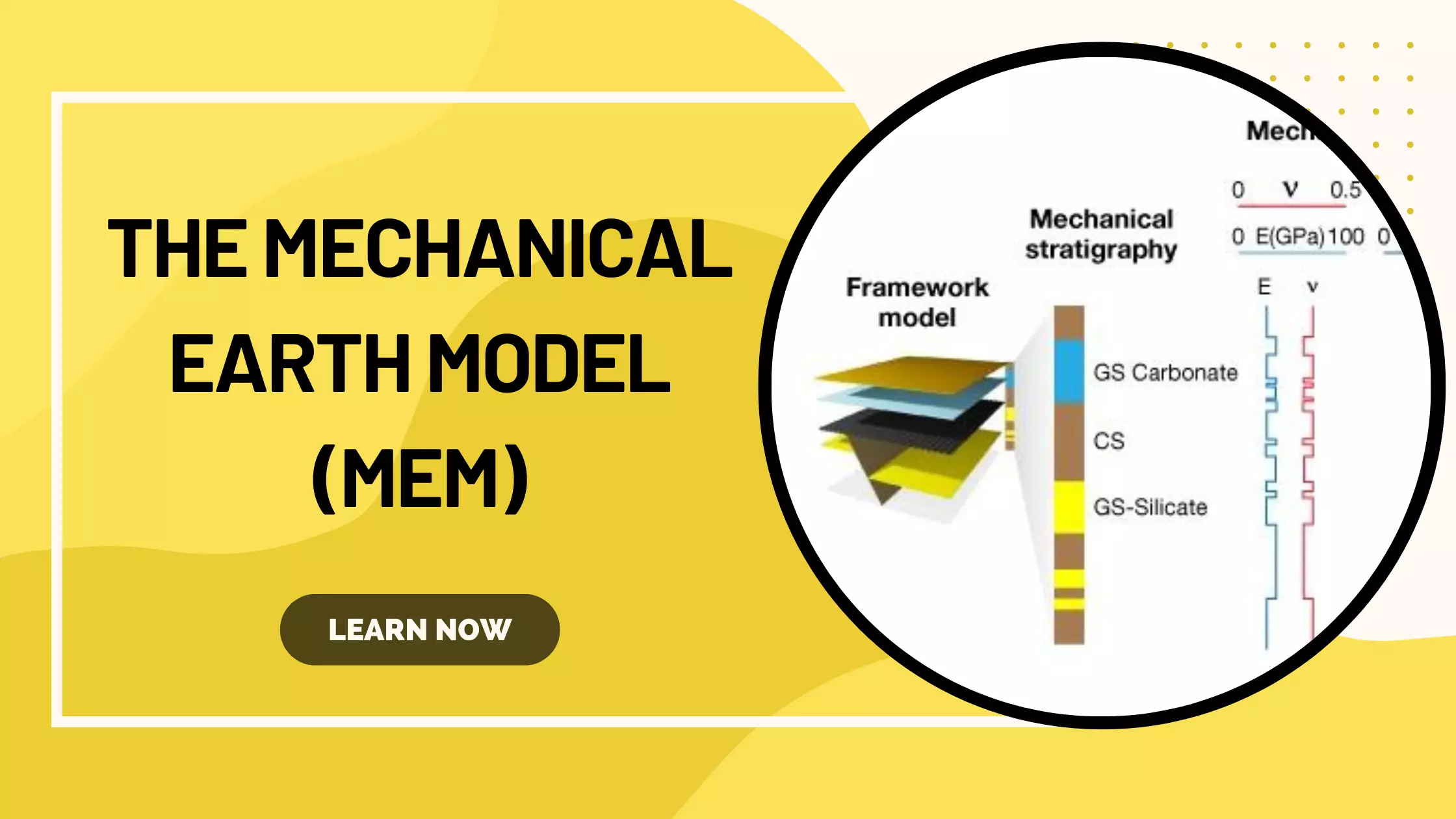Learning Objectives
After completing this topic “Rock Deformation”, you will be able to:
- Describe the challenges associated with describing rock deformation.
- Compare and contrast the different elastic-plastic processes.
- Compare and contrast the different brittle processes.
- Compare and contrast the different ductile processes.
- Describe the production challenges associated with time-dependent processes.
Rock Deformation Introduction
This course discusses four rock deformation mechanisms that affect the petroleum industry. Knowledge about the governing deformation mechanisms and fundamental geomechanical principles is required to specify which mathematical models are used to complete a Mohr’s circle stability diagram. A deformation mechanism is a physical process by which a material deforms in response to applied stress. The dominant processes that operate in the depth range and time scales of importance to geomechanics are elastic deformation, ductile deformation and cataclasis. Other processes include brittle fracture, frictional slip, and grain crushing. Figure 1 illustrates how different failure criteria are represented on a Mohr’s stability diagram.

Time dependent processes relevant to oilfield operations and those operating over geologic time are also discussed. However, it is beyond the scope of this discussion to cover these topics in detail.
Sedimentary Rock as an Engineering Material
When discussing rock deformation, it helps to recognize that rocks are not ideal engineering materials. Engineering materials, such as metal alloys, can be manufactured to have specific elastic and strength characteristics. Moreover, the properties of metals may be considered as material constants that do not vary significantly with variations of position in the material, applied stress, temperature, or time. Geologic processes produce rocks with complex microstructures due to the heterogeneous and porous nature of the rock, and that are spatially varying in the subsurface. The result is a material that has mechanical properties which are not strictly constant and a stress-strain response that varies with the level of applied stress, loading rate, and to a lesser extent, temperature. However it is appropriate to treat mechanical properties of sedimentary rocks as constants if the perturbation from an equilibrium state is not large. How large this perturbation can be depends on the material and the in-situ state of stress.
Rock Microstructure
The nature of the rock microstructure affects how external stress, ![]() , and internal pore pressure,
, and internal pore pressure, ![]() , are distributed throughout the material. As a consequence the microstructure governs which deformation mechanisms may be mobilized during loading and thus the shape rock’s stress-strain response. From length scales of microns to millimeters, rocks exhibit a wide variety of microstructures. In Figure 2, the image on the left shows the microstructure of clay-free quartz sandstone. All the contacts are between quartz grains. The image on the right shows the microstructure of a mudstone. These images illustrate the particulate and porous nature of rock. They also reveal a significant morphologic variability of the mineral grains particularly for the mudstone example. In the mudstone, inter-particle contacts may be clay-to-quartz, clay-to-clay, or quartz-to-quartz. For example, low-porosity well-cemented sandstone might deform by elasticity under stress. Whereas, a mudstone with the same porosity and subjected to the same stress might deform by inter-particle frictional slip.
, are distributed throughout the material. As a consequence the microstructure governs which deformation mechanisms may be mobilized during loading and thus the shape rock’s stress-strain response. From length scales of microns to millimeters, rocks exhibit a wide variety of microstructures. In Figure 2, the image on the left shows the microstructure of clay-free quartz sandstone. All the contacts are between quartz grains. The image on the right shows the microstructure of a mudstone. These images illustrate the particulate and porous nature of rock. They also reveal a significant morphologic variability of the mineral grains particularly for the mudstone example. In the mudstone, inter-particle contacts may be clay-to-quartz, clay-to-clay, or quartz-to-quartz. For example, low-porosity well-cemented sandstone might deform by elasticity under stress. Whereas, a mudstone with the same porosity and subjected to the same stress might deform by inter-particle frictional slip.

 Petro Shine The Place for Oil and Gas Professionals.
Petro Shine The Place for Oil and Gas Professionals.



